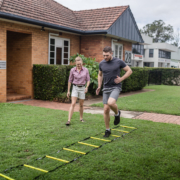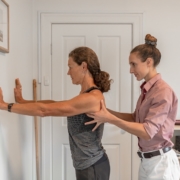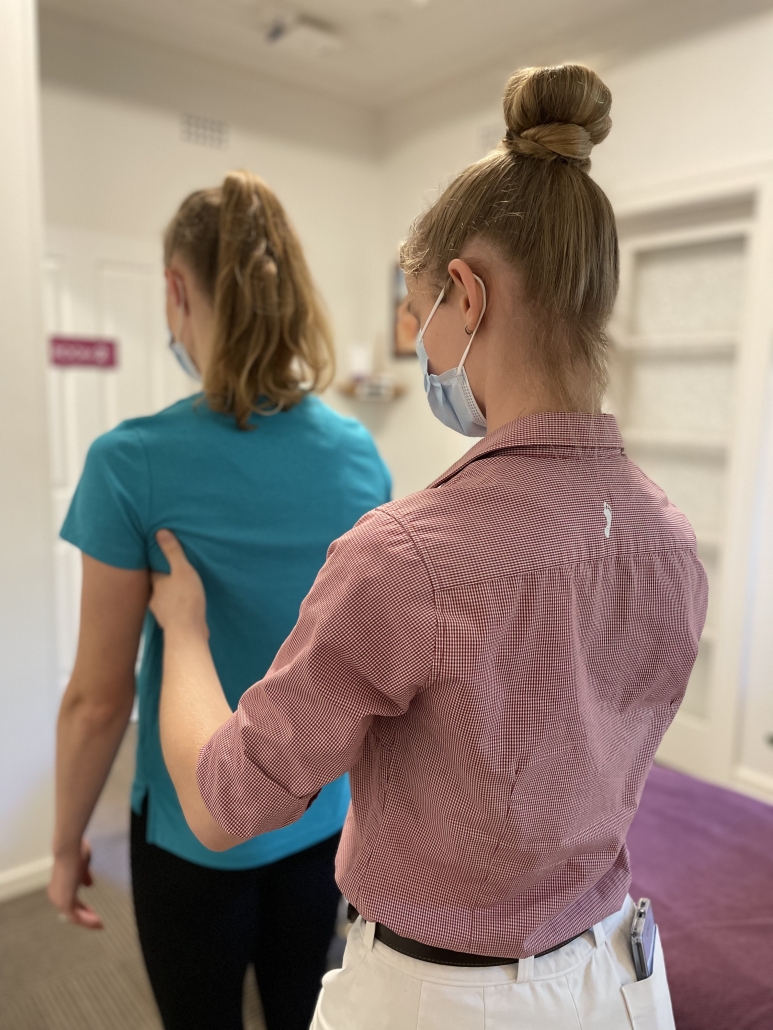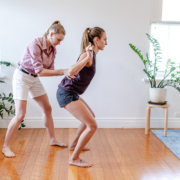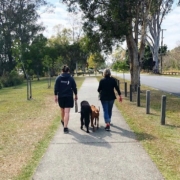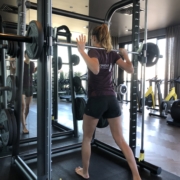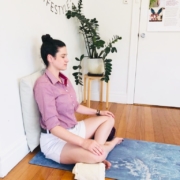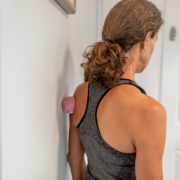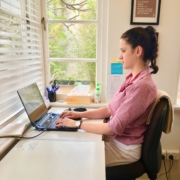Old injuries coming back to bite you
Old injuries and Accumulative Strain
Remember that incident from years and years back? The one has completely healed and doesn’t give you any pain, but it was a pretty big deal at the time? It may not seem related to a pain you are currently experiencing, and maybe it isn’t, but no matter where or what the injury was, it DID cause load and strain on the body. This load and strain causes other muscles and nerve pathways to fire differently – initially, it might be for a protective response, but over time, those adaptations to avoid pain can become your new ‘normal’ leading to tight muscles, irritated nerves and restricted movements. Pushing into these limits over and over can lead to pain in a seemingly new area.
Example
If we take an example of a surfing incident and hitting the waves hard, the breath may have been knocked out of you, nothing was broken, but your body had been very sore and it took a week or so to be moving normal again. Your body will have been moving very differently as taking a breath was hurting you. Your breathing becomes shallow, you limit your turning and arm movements because it hurts and this continues without you realizing even after the initial pain is gone.
Fast forward to now, you are back at the gym, back at work, and your shoulder starts getting sore over a period of a couple weeks.
You come to us, we assess and treat. We draw your accumulative strain graph on the board and we work with you to find out how your body has come to this point:

Accumulative strain
What we are looking at is how the body has been dealing with strain up until that surfing incident. The other points of discussion are what else causes strain:
- Poor sleep
- Stress at work, financially, or with relationships/family
- Poor or changed nutrition
- Energy levels
Other injuries also go onto this list:
- Rolled ankles
- Car accidents
- Neck pain
Each time your body takes on one of these events, you may never get back into the optimal zone or a low level of strain. These events can layer on each other and our body becomes less tolerant and more likely to be triggered into a pain event.
Why
Strain builds up and our body handles it, but at the expense of something else: a different muscle pattern is now required or that last bit of movement is coming from the joints above or below that injury. You start using these postures in everyday life, and so those muscles now are working harder and harder. Eventually, you keep pushing and pushing, and for your body to tell you to stop, you get pain.
When you come to us, our Barefoot Approach will bring us to the full body check, so we can discover if some of these old injuries are holding you back from feeling great! Book online or call to chat to one of our physios to discuss any new pains that could be stemming from older injuries!

